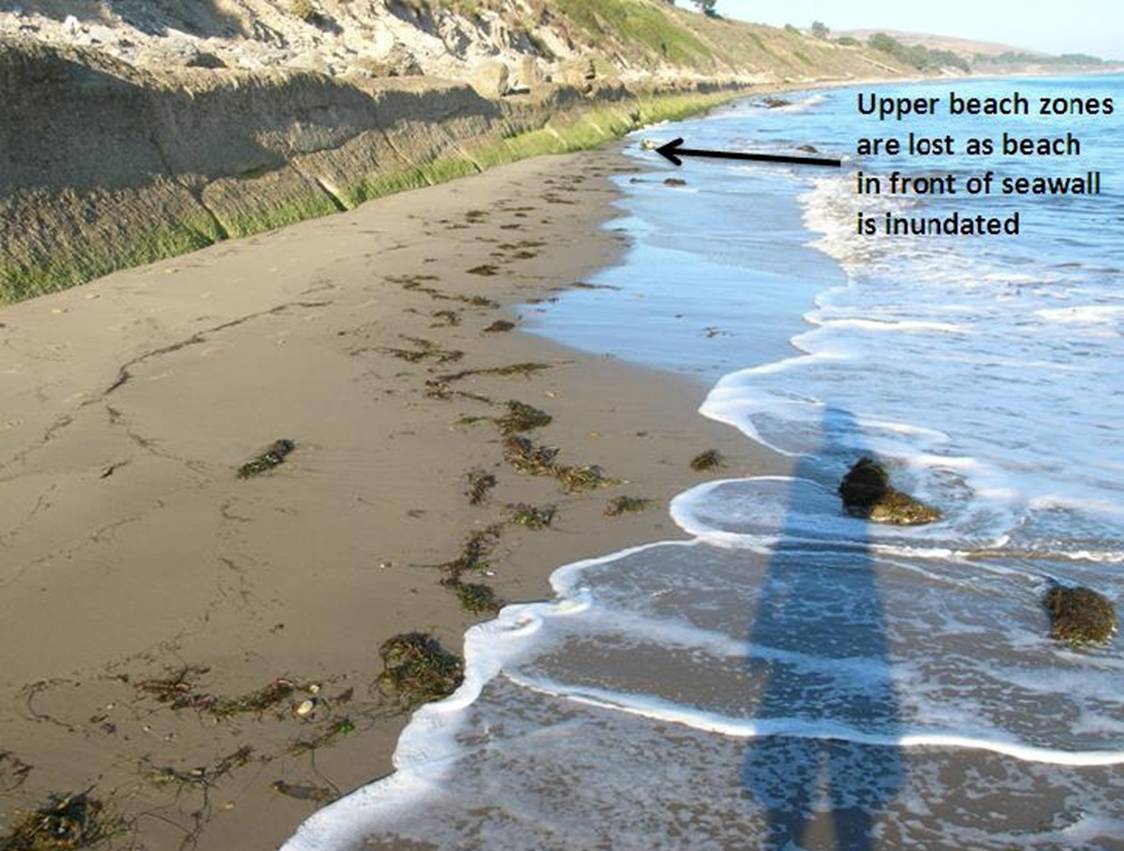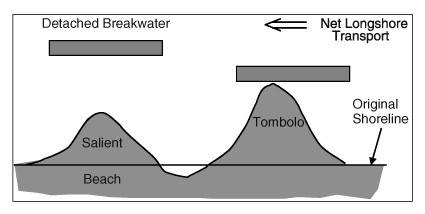Fascination About Shore Protect Team
Table of ContentsShore Protect Team Things To Know Before You Get ThisThe Ultimate Guide To Shore Protect TeamSome Ideas on Shore Protect Team You Should KnowThe Ultimate Guide To Shore Protect TeamTop Guidelines Of Shore Protect TeamA Biased View of Shore Protect TeamThe 6-Minute Rule for Shore Protect Team
Reduction in building value: As the location tourism is affected by erosion, so after that is the economy. Purchasers are less likely to look for a coastline house that might be damaged at any moment by the impending flooding and erosion emergency situation. Consequently, property value can drop immensely and influence the entire region.Whether a beach is simply tiny and congested or needs to close completely for the safety of the ecosystem and close-by residential or commercial properties, this substantially influences tourist. Subsequently, neighborhood economic situations are impacted (https://www.bark.com/en/us/company/shore-protect-team/ONm9bL/). Risk of injury: The increased danger of flooding and structural failings triggers a boosted risk of injury to nearby vacationers and area participants

Coastline stablizing is directly relevant to their job. Waterside hotels: Due to the fact that coastline erosion effects tourist, it affects the success of waterside resorts.
Shore Protect Team - An Overview
Coastal business organizations: No vacationers indicates no organization. Coastal state parks: State parks that exist along shorelines are at risk of damages.
Soft stabilization is a far better option for the environment and even more sustainable overall. Tough stabilization makes use of man-made frameworks as defense to regulate disintegration. Generally, these frameworks are set up at best angles or parallel to quit sand motion and minimize the pressure of waves. The majority of kinds of difficult stablizing like seawalls and sheet steel are not optimal for shoreline stablizing.
Some Known Questions About Shore Protect Team.
There's likewise not sufficient proof of their efficiency depending on the sort of shoreline and local conditions. Tough stabilization techniques have a tendency to be harder to install and don't match the all-natural aesthetic, standing out like an aching thumb and harming regional ecosystems in several situations. Coastline nourishment is the process of adding shed sand and sediment back to coastlines after erosion has actually taken place.
TrapBags help in the process of coastline nutrition by shielding natural ecosystems and enabling plants to expand. While this procedure can be expensive and is not permanent, the pros often tend to outweigh the cons. TrapBag obstacles deal many properties that make them excellent for coastal and riverbank disintegration defense. They're: Environmentally friendly: You can use indigenous dirt both to surround and to load the TrapBags.

Shore Protect Team Things To Know Before You Get This
Easy to install: Ease of setup indicates TrapBags can be deployed quickly in case of an emergency. They can additionally be set up with no hefty equipment. Budget friendly: TrapBags are optimal for both tiny and large areas of shoreline. They provide an inexpensive remedy to cover projects of any size.
Combined with a high construction expense, this has actually caused raising use various other soft engineering coastal administration options such as beach replenishment. Seawalls are created from numerous products, the majority of typically strengthened concrete, boulders, steel, or gabions. Other possible building materials include vinyl, timber, aluminum, fiberglass composite, and naturally degradable sandbags constructed from jute and coir. The suitable seawall style relies upon location-specific facets, consisting of bordering disintegration processes. There are three major types of seawalls: vertical, rounded, stepped, and piles (see table listed below). A report released by the United Nations Environment Program (UNEP) recommends that the tidal wave of 26 December 2004 caused less damage in the areas where natural obstacles were existing, such as mangroves, reef or coastal vegetation.
Natural barriers, such as reef and mangrove forests, protect against the spread of tidal waves and the circulation of coastal waters and alleviated the flooding and surge of water. A cost-benefit approach is a reliable means to identify whether a seawall is suitable and whether the advantages deserve the expense.
5 Easy Facts About Shore Protect Team Described
A seawall is a fixed feature which can contrast with the dynamic nature of the coastline and restrain the exchange of debris in between land and sea. Advantages and disadvantages of seawalls according to Short (1999) Benefits Downsides Lengthy term service in comparison to soft beach nutrition (https://experiment.com/users/shrprtcttm).

This can cause beaches to dissipate, making them pointless for coastline goers. Generally, seawalls can be an effective way to regulate seaside erosion, however only if they are built well and out of materials that can stand up to the force of recurring wave energy. Some understanding is needed of the seaside processes and morphodynamics certain to the seawall place.
Not known Incorrect Statements About Shore Protect Team
The proper seawall style depends on location-specific elements, including surrounding erosion procedures. There are 3 main types of seawalls: upright, bent, stepped, and piles (see table below).
All-natural barriers, such as coral reefs and mangrove woodlands, protect against the spread of tsunamis and the circulation of coastal waters and mitigated the flood and rise of water. A cost-benefit technique is an effective method to figure out whether a seawall is appropriate and whether the advantages deserve the expenditure.
Some Known Details About Shore Protect Team
A seawall is a fixed feature which can clash with the vibrant nature of the coastline and impede the exchange of debris between land and sea. The table below sums up some favorable and negative impacts of seawalls which can be used when comparing their efficiency with various other seaside monitoring alternatives, such as coastline sustenance. [] Advantages and downsides of seawalls according to Short (1999) Advantages Downsides Lengthy term service in contrast to soft coastline nutrients. bulkhead cost.

This can create coastlines to dissipate, rendering them worthless for coastline goers. Normally, seawalls can be a successful method to control coastal disintegration, however only if they are built well and out of materials that can hold up against the pressure of continuous wave power. Some understanding is required of the coastal procedures and morphodynamics details to the seawall place.